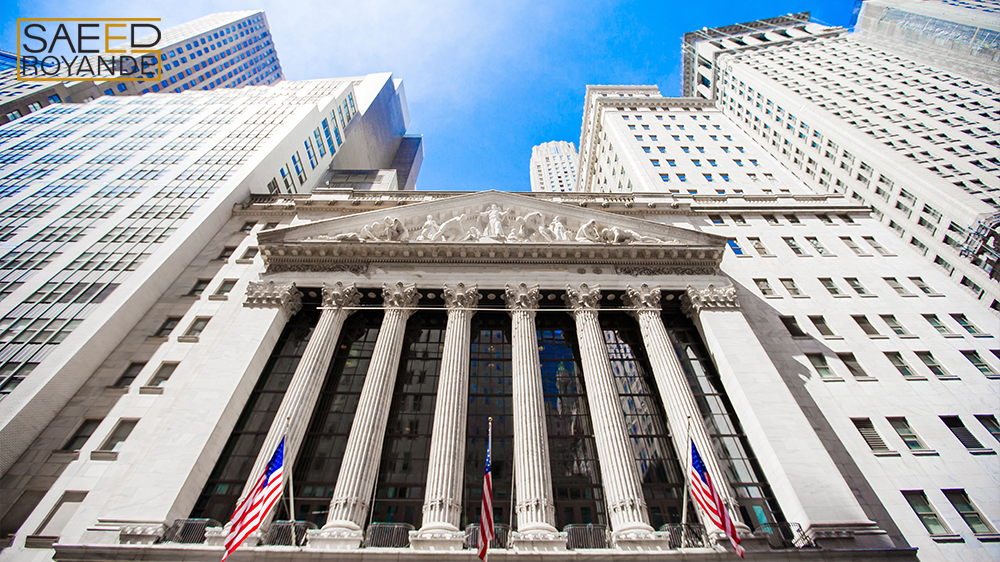As a socioeconomic system, capitalism is commonly understood as one in which private actors own and control property according to their interests and where prices are determined by supply and demand in competitive markets. Capital assets, such as factories, mines, and railroads, can be privately owned and managed in a capitalist economic system, and workers are paid in exchange for their services.
Explaining Capitalism
Market forces set products’ prices and workers’ pay in a capitalist economy. Entrepreneurs in a capitalist economy are compelled to maximize value creation (profit) while minimizing expenses. Customers want premium products and services at bargain basement pricing. Producing goods that customers want is a need due to market competition. Therefore, it is not the government’s responsibility to regulate the free market but rather to safeguard the legal rights of all participants. Thus, in a capitalist economy, the most prosperous businesses are those that can maximize output while minimizing expenses. When customers discover they can get the same, if not better, value elsewhere for less money, companies that are inefficient at creating value will disappear. People and businesses are motivated to develop marketable innovations by the potential for financial gain. As a result, the client wins since they may get high-quality goods at rock-bottom pricing. Some claim that if the government-owned factories and other production facilities, no one would have an incentive to innovate. In contrast to socialist and communist economic systems, capitalism does not emphasize the fair treatment of individuals or groups. This system is not geared toward achieving universal equanimity. Capitalism actively pursues inequalities. This reasoning is based on the fact that capitalists aim to increase their wealth. This motivation encourages experimentation and growth, which in turn stimulates economic growth.

Bank vault interior shows Capitalism investment concept
Types of capitalism
Capitalism is one method through which we address issues related to the generation and distribution of resources, but it comes in many flavors.
Anarcho-Capitalism
The economic philosophy known as anarcho-capitalism calls for the complete dismantling of the state. Those in favor of this system argue that if the state didn’t coerce the public to conform to certain norms, they would voluntarily adopt them. Everything, according to anarcho-capitalists, should be a matter of the free market and individual ownership. Instead of being run by a centralized government, law enforcement and the judicial system in an anarcho-capitalist society would be run by privately funded parties chosen by consumers.
Laissez-faire capitalism
Capitalism based on the principle of “laissez-faire” stems from the view that free markets and unfettered economic competition are the best way to ensure prosperity, whereas state intervention can only work to limit it. It’s derived from the French for “leave alone.” Supporters of “laissez-faire” capitalism argue that the government should have no role in the economy. They hold that people should be free to trade and invest in anything they see fit. They are entirely opposed to legislation limiting free enterprise, including minimum salaries, licensing requirements, and taxes on corporations.

Bundles of five dollar bills for investment
Free market capitalism
In the same vein as anarcho-capitalism and laissez-faire capitalism, free market capitalism does not impose any controls on the market. Free market capitalism allows supply and demand to determine prices when the government stays out of the way as much as possible. The only parties involved in any deals are those who want to make them voluntarily. A “free market” is typically a government-free economic system.
Late-stage capitalism
Two aspects of global capitalism after the 1940s and the resulting inequities, inequality, and absurdity, are what we call late-stage capitalism, which means an economic atmosphere where a few people possess a significant share of the wealth, where monopolies and de facto oligarchs have skewed the playing field, and where corporations have the same legal protections as humans. The word has gained popularity recently as a way to convey the public’s dissatisfaction with a seemingly unjust system.
Surveillance capitalism
The term “surveillance capitalism” describes an economic model in which information on individuals’ activities is viewed as a resource that can be bought and sold for profit. Corporations now routinely mine customers’ online and offline activities for data, which is subsequently fed into artificial intelligence to forecast or affect consumer behavior. The most prevalent kind of surveillance capitalism is targeted advertising. Customers’ online activities are tracked and monitored so businesses may better understand them and target their advertising to the most receptive customers.

New york stock exchange in Manhattan
Foundations of Capitalism
Mixed economies, which include free markets and government intervention, are currently the norm globally. This includes the United States, France, and Ireland, to name a few. These capitalist economies are supported by the principles of individual liberty, free markets, private property, and the laws of supply and demand.
Private property
Owning a piece of land or a house is an example of a tangible asset, whereas stocks and bonds are an example of an intangible asset that can be owned thanks to private property. Since resource owners are incentivized to increase their holdings’ value, private property fosters economic efficiency. In a situation where both parties benefit, an individual may be motivated to exchange their private property for compensation.
Demand and Supply
Goods and services are priced according to the laws of supply and demand. You can expect a higher price for anything you’re selling if there’s a great demand for it. For instance, a piece of land in the middle of nowhere won’t cost as much as it would in a more urban area because it’s further away from desirable amenities like good schools, plentiful jobs, and convenient shopping. For example, land in a location with solid schools, employment, and services can be more expensive than land in an area with a high supply and little demand. Where there is less supply and higher demand, land prices are also higher.

Close up of a dollar and euro
Competition
A capitalist system relies on healthy competition between businesses. To be competitive, firms have to work at full capacity and provide their products at the lowest possible prices without sacrificing quality. When industries are vying for customers’ dollars, healthy competition drives innovation and productivity.
Freedom
When you’re free to earn and spend your money in a capitalist market, no one can dictate how you should live. It’s all up to you. It’s entirely up to you if you want to get a degree or not, whether you want to be an electrician or a lawyer. This decision depends solely on your goals and aspirations.
Incentive
The economic concept of an incentive refers to the monetary reward received for performing the desired action. It encourages innovation and fresh ideas in business as every company strives to outdo its rivals, providing opportunities for those who are or want to become entrepreneurs. Consumers benefit since this process produces better products and services at lower prices. Although no nation runs on a purely capitalist or “laissez-faire” economic model, the markets of the many mixed economies of today’s world are supported by the same five principles. We have covered the fundamentals of a system that is highly comprehensive, with its benefits and limitations, as a team.


